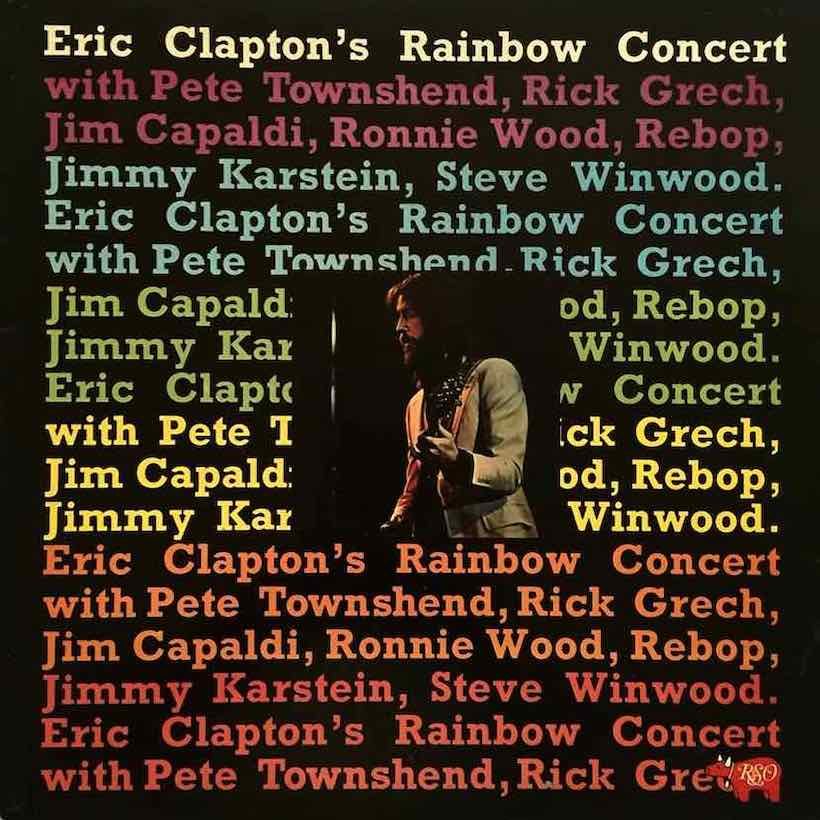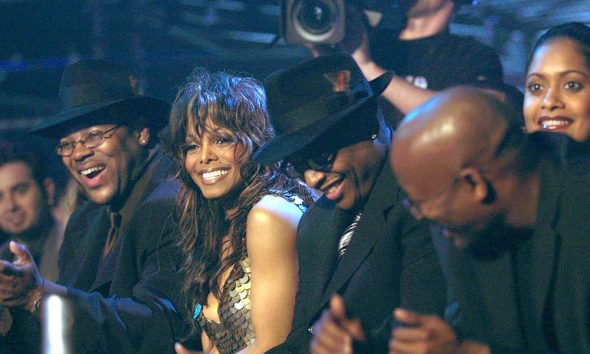‘Eric Clapton’s Rainbow Concert‘: Slowhand Comes Back To Life
It was a huge moment when, at the encouragement of Pete Townshend, Clapton stepped back on stage at the Rainbow Theater in London on January 13, 1973.

As his countless devotees remember, the early 1970s were a difficult time in the life of Eric Clapton. Brought low by heroin addiction, he entered a downward spiral after appearing at his friend George Harrison’s Concert For Bangla Desh in August 1971, and the following year was devoid of any new material.
So it was a huge moment when, at the encouragement of Pete Townshend, Clapton stepped back on stage at the Rainbow Theater in London on January 13, 1973. The all-star event became known as his comeback concert, even though the guitar hero still had much more work ahead in the personal recovery that manifested itself in 1974.
All that EC fans had to go on during 1972 was catalog and live material. The History of Eric Clapton compilation reached the US Top 10, and another American compilation, Eric Clapton At His Best, followed later in the year. In the UK, the belated release of “Layla” as a single from Derek & the Dominos’ 1970 Layla And Other Assorted Love Songs album took it into the Top 10. The Cream vaults were mined for the Heavy Cream compilation and the Live Cream Volume II album.
Answering the call
When it came to the Rainbow concert, Clapton was certainly left in no doubt about the depth of support he had among his fellow rock stars. Townshend’s callout to their mutual friends in the business led to appearances by Ronnie Wood, Steve Winwood, Jim Capaldi, Ric Grech, percussionist Rebop, and drummer Jimmy Karstein. They were all present for the two shows that took place that evening, in a celebration of Clapton’s recorded work to that point.
While the album that followed in 1973 (which reached the UK and US Top 20) was limited by the vinyl capacity to six songs, the 1995 remaster was a 13-song selection including several more Derek & the Dominos tracks in addition to the opening “Layla.” It concluded with a version of the Robert Johnson number that became a Clapton staple, “Crossroads.” Eric was indeed at the crossroads of his life, but the Rainbow event was the beginning of the road back to health and renewed superstardom.













Stephan Atkinson
January 13, 2016 at 5:24 pm
Whew, I thought Eric was going to leave us way too soon. His voice was bad during this comeback, but he got those herion claws out of his back and made a remarkable comeback.
A&M
January 13, 2017 at 5:49 pm
I’ve always liked the album. Perhaps because it is “as much a showcase for Steve Winwood as it was for Clapton” as AMG wrote. But mr. Clapton doesn’t much care for it, I guess. I think it’s the only one of his albums that’s not available on Spotify? May we expect to be able to listen to it in the future?
Al Collins
January 13, 2018 at 5:08 pm
He was loaded during the shows. To him it’s an embarrassing reminder of his helpless state during his heroin addiction. To everyone out there…can you name ONE PERSON who has a Good heroin story? NO! So stay away from it ,
Ray walton
January 18, 2018 at 4:18 pm
It was a great new start. He was a lucky guy to have the support he had. No to mention an incredible talent of course. It got a lot better from here, 461 is still one of his best ever albums in my view.
Bob
January 13, 2022 at 4:43 pm
Simply FYI. The 14 track version of the concert album is available to stream on other services including Apple and TIDAL.